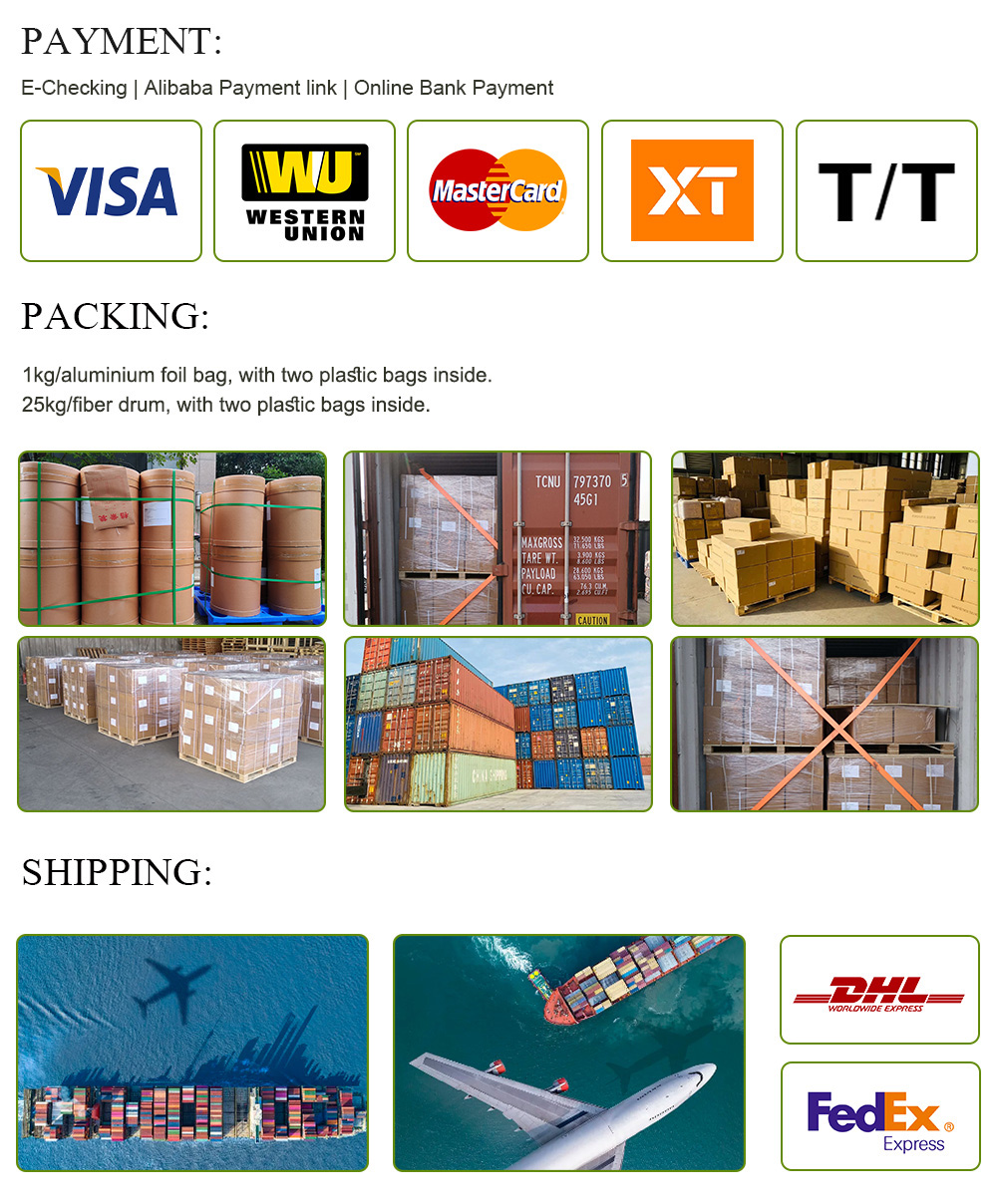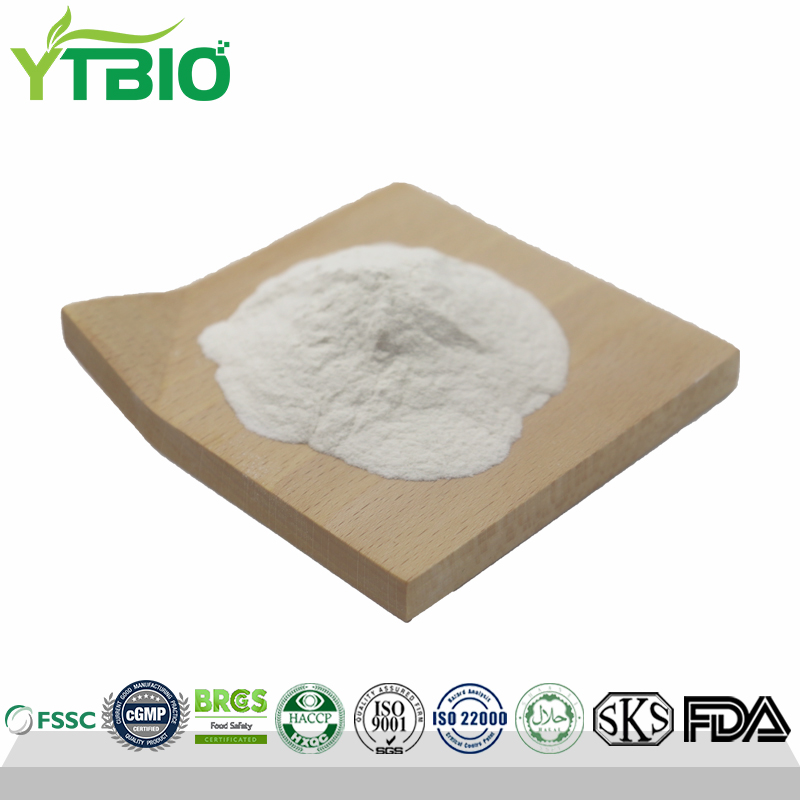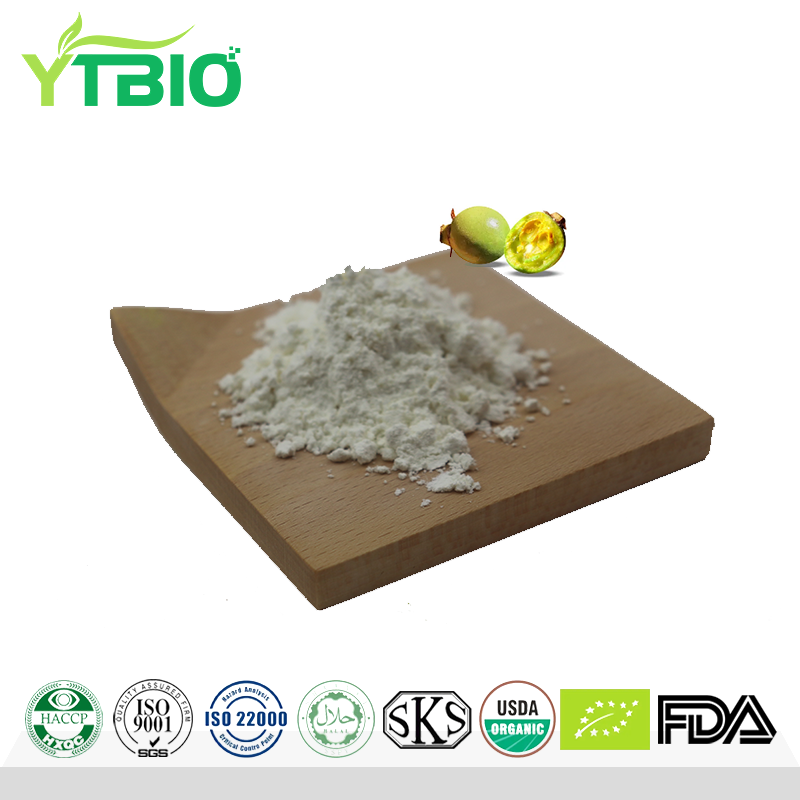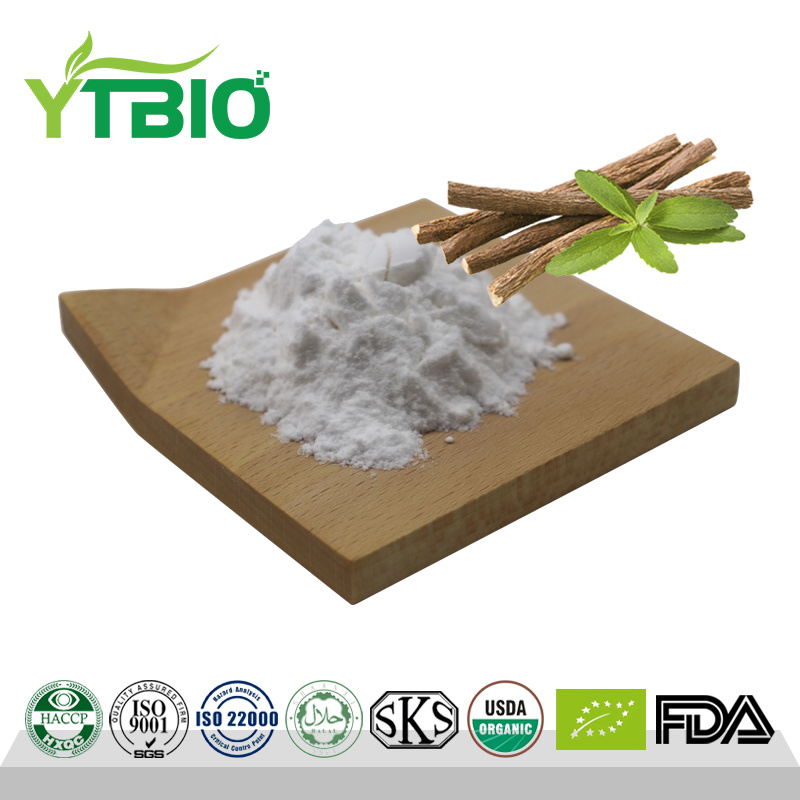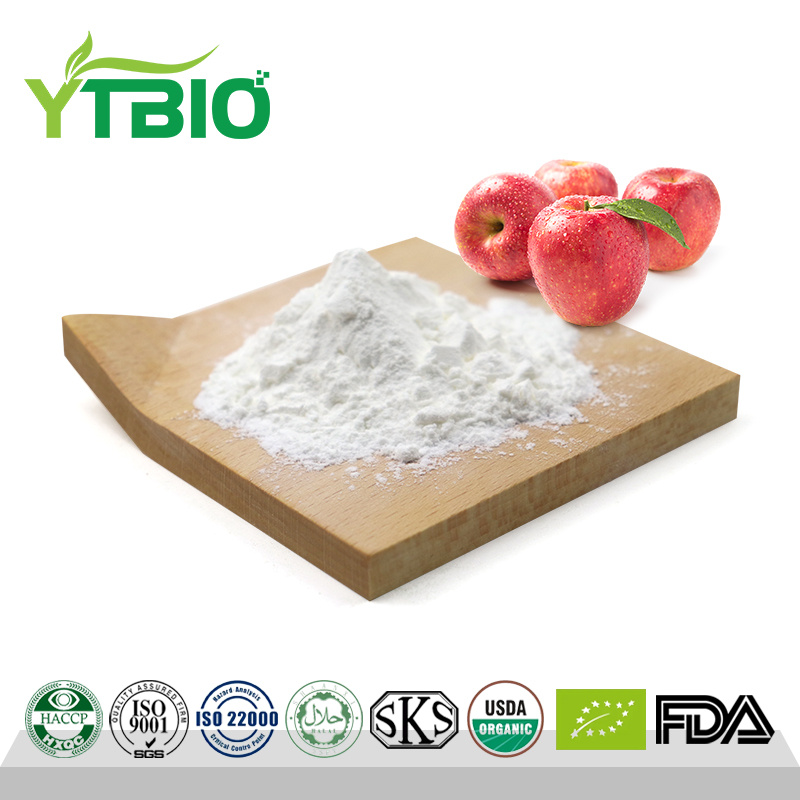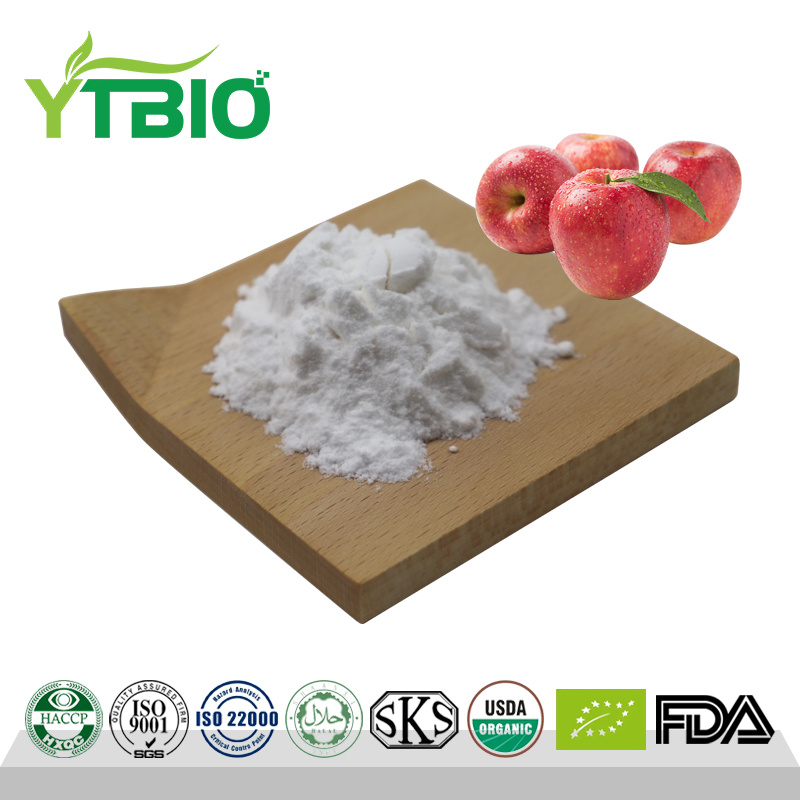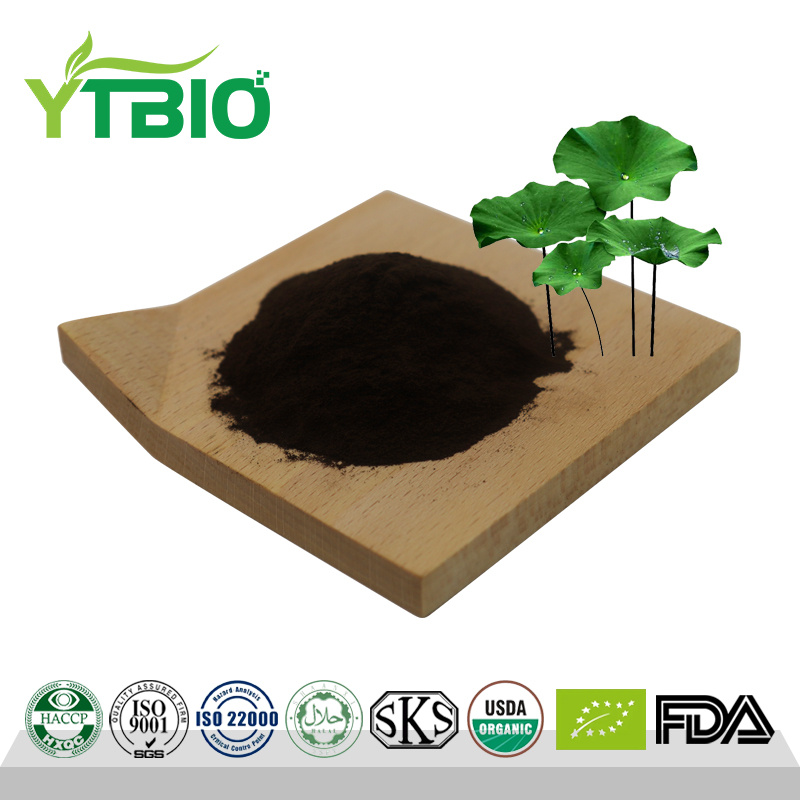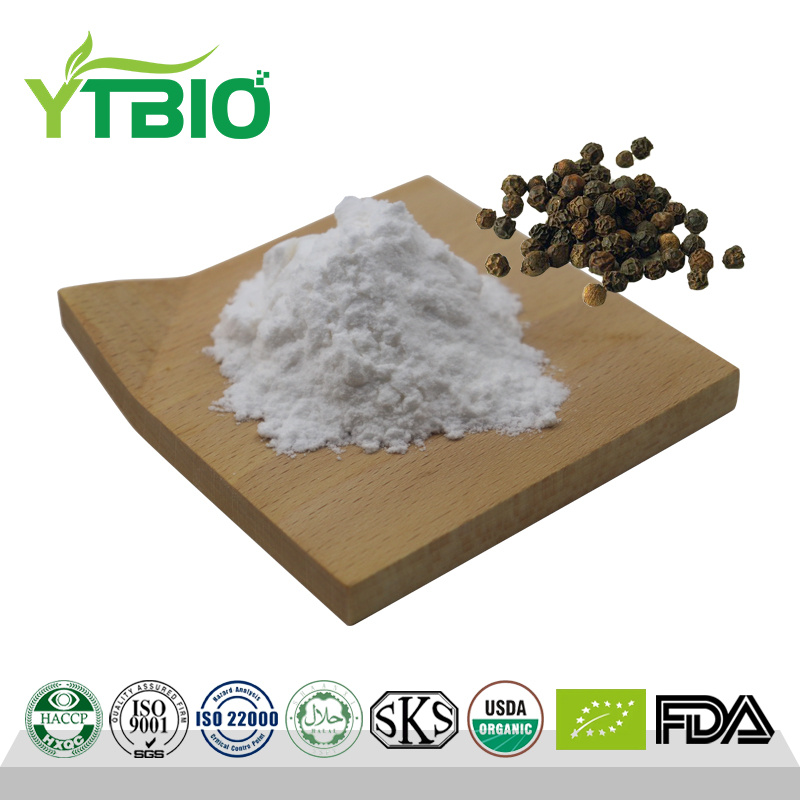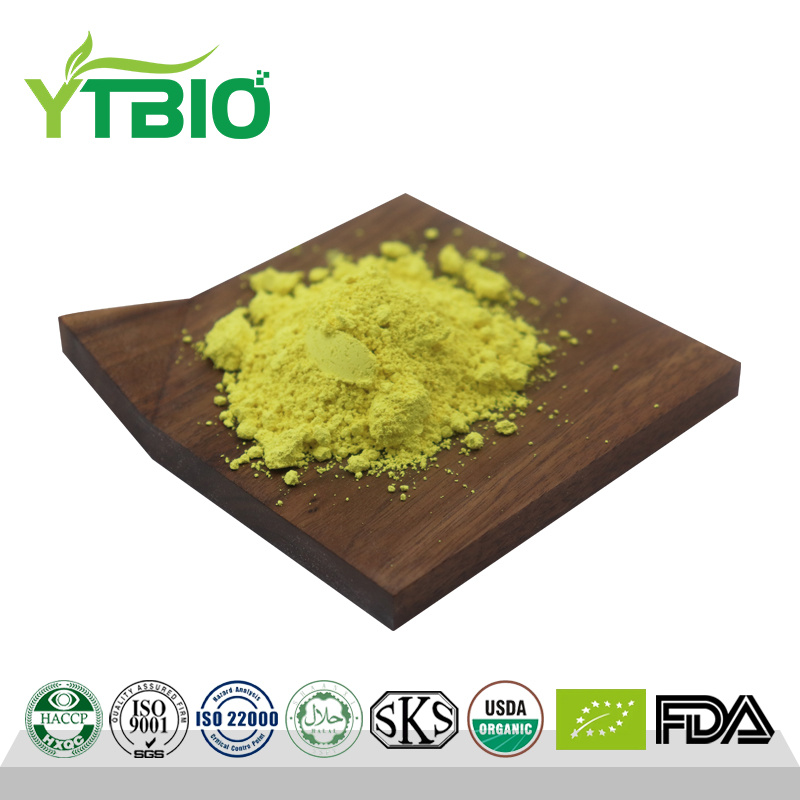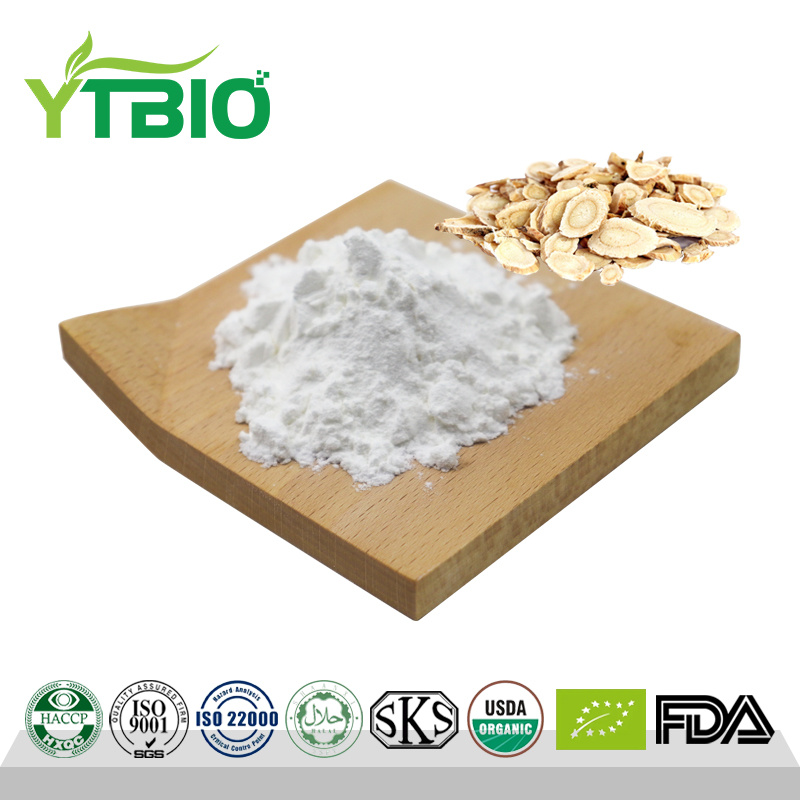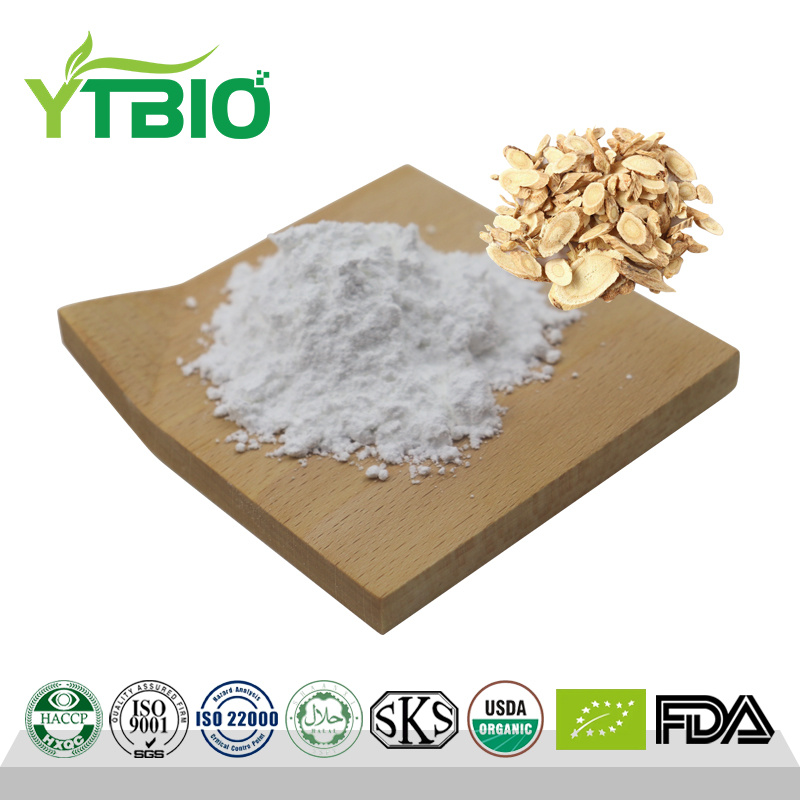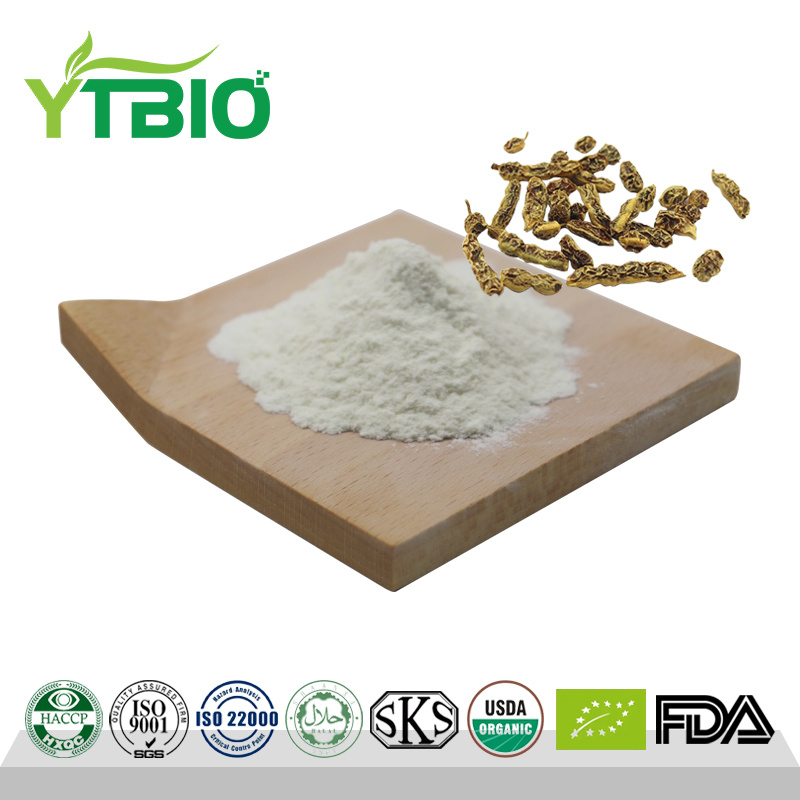Food Additives E410 Locust Bean Gum Powder
About Locust Bean Gum
Locust bean gum is a polysaccharide compound composed of galactose and mannose residues in a ratio of 1:4. The final product appears as white to yellow granular powder with a slight odor. The transparency of locust bean gum varies significantly depending on the extraction process, particle size, and purity, and it exhibits synergistic effects when combined with other gums. In the food industry, locust bean gum is primarily used as a thickening agent, emulsifier, and stabilizer.
As a natural food additive, locust bean gum is derived from the seeds of the carob tree. Thanks to its excellent stability and thickening properties, it is widely used in various foods such as ice cream, yogurt, and cream cheese. Additionally, locust bean gum has a sweet taste and a subtle chocolate flavor, making it easier to incorporate into food formulations.
Properties of Locust Bean Gum
● Relationship Between Concentration and Viscosity:
The viscosity of locust bean gum increases with concentration. For example, at a 2% concentration, its viscosity can reach 46.4 MPa·s.
● Fluid Characteristics:
Locust bean gum is a non-Newtonian fluid, meaning its viscosity decreases with increasing shear rate.
● Solubility and Hydration:
Regular locust bean gum is only partially soluble in cold water and requires heating to 85°C for at least 10 minutes for full hydration. Once cooled, it reaches its maximum viscosity.
● Temperature Effects:
Freezing has no significant impact on the viscosity of locust bean gum solutions, but refrigeration may cause a slight decrease in viscosity.
● pH Stability:
Locust bean gum remains stable in both acidic and alkaline solutions, with minimal impact of pH on its viscosity.
Characteristics of Locust Bean Gum
Solubility:
● Locust bean gum is water-soluble but insoluble in organic solvents such as ethanol.
● Refined-grade locust bean gum has higher transparency, whereas regular locust bean gum is only partially soluble in cold water and requires heating to 85°C for at least 10 minutes for full hydration.
Application Properties:
● Once dissolved, locust bean gum forms a viscous solution, making it a valuable thickening agent, emulsifier, and stabilizer.
● It is widely used in industries such as food, petroleum, and textiles.
Rheological Properties:
● Locust bean gum is a non-Newtonian fluid, meaning its viscosity decreases as shear rate increases but increases with concentration.
● The viscosity of hot-water-dissolved locust bean gum is higher than that of cold-water-dissolved gum.
● Within a pH range of 3-11, the viscosity of locust bean gum solutions remains stable with minimal impact.
Gel Synergy Effect:
● Locust bean gum does not form a gel on its own but exhibits strong gel synergy when combined with other hydrocolloids such as carrageenan.
● Blending locust bean gum with other natural gums can enhance viscosity, gel strength, elasticity, and brittleness.
● For example, when combined with carrageenan, it can be used to produce elastic jelly.
Physiological Functions of Locust Bean Gum
As a dietary fiber, locust bean gum has nutritional and therapeutic value in weight management, diabetes treatment, and hyperlipidemia control. Its physiological functions include the following aspects:
Nutrient Absorption and Slow Release:
● Locust bean gum, being a high-viscosity fiber, acts as a carrier for nutrient adsorption and binding.
● It slows down the digestion and movement of nutrients in the intestine, thereby reducing their absorption rate.
Regulation of Blood Sugar and Insulin Levels:
● Locust bean gum helps lower postprandial blood glucose and insulin levels in diabetic patients, aiding in blood sugar control.
Influence on Gastrointestinal Hormone Secretion:
● It has a modulating effect on gastrointestinal hormone secretion, further supporting its role in metabolic health.
● In summary, locust bean gum, due to its unique dietary fiber properties, plays a crucial role in improving metabolic health and assisting in the management of related diseases.
Application direction
In the food industry, locust bean gum is often combined with other edible gums and used as a thickening agent, water-retention agent, binder, and gelling agent. Here are some specific applications:
Jelly Production:
When combined with carrageenan, locust bean gum can produce elastic jelly, while carrageenan alone results in brittle jelly.
Pet Food:
In pet food, locust bean gum is mixed with alginate and potassium chloride to form a composite gelling agent, commonly used in pet canned foods.
Ice Cream Stabilizer:
Locust bean gum, when combined with carrageenan and CMC (carboxymethyl cellulose), is an effective ice cream stabilizer, with the recommended usage between 0.1% and 0.2%.
Dairy Products and Frozen Desserts:
In dairy products and frozen desserts, locust bean gum acts as a water-retention agent, improving texture and preventing ice crystal formation.
Cheese Production:
In cheese production, locust bean gum helps accelerate the flocculation process, increase yield, and improve coating efficiency.
Meat Product Processing:
In meat products like Western-style sausages, locust bean gum improves water retention, optimizes texture, and enhances freeze-thaw stability.
Puffed Foods:
In extrusion processing, locust bean gum provides lubrication, increases yield, and extends shelf life.
Noodle Products:
In noodle products, locust bean gum controls water absorption in the dough, improving dough characteristics, quality, and delaying aging.
Baking Fillings and Animal Feed:
Locust bean gum, often combined with other gums, is used in baking fillings and animal feed to improve freeze-thaw stability, control dehydration shrinkage, enhance spreadability, and provide a smooth texture.
In conclusion, locust bean gum, through its combination with other gums, demonstrates wide application value in the food industry.

